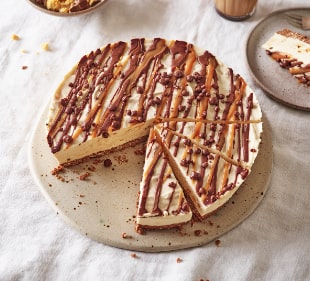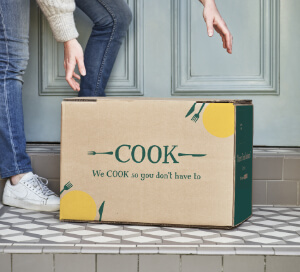< About Us - Our Planet
Food Waste
Keeping food waste to a minimum not only makes good business sense, but it’s the right thing to do. Unfortunately, no matter how careful we are at our kitchens, there are inevitably some leftovers. Here’s what we’re doing about it.
The Waste Hierarchy
This inverted triangle ranks waste management options according to what would be best for the environment.We see it as a good place to start when working out how to tackle our food waste.
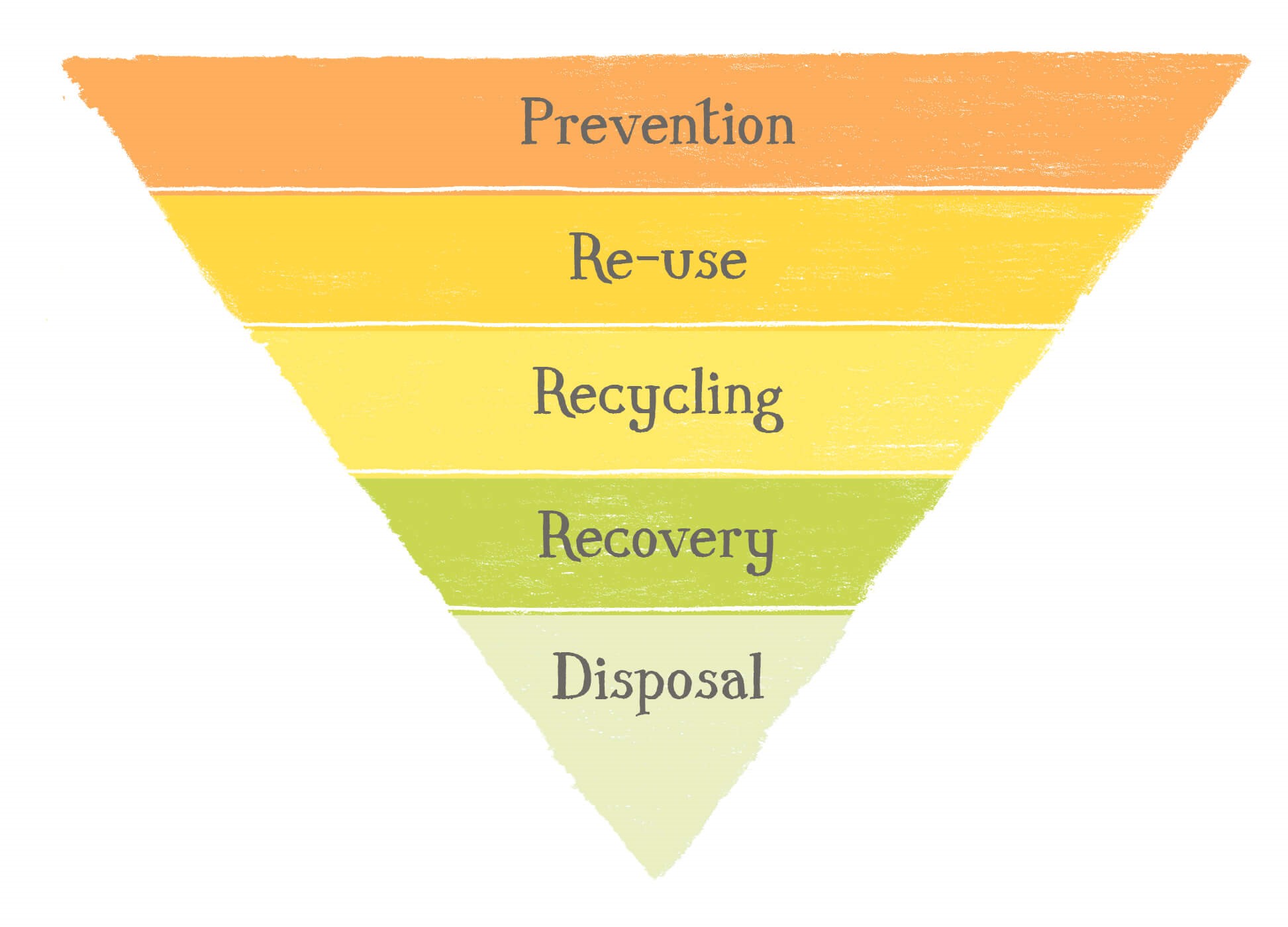
Prevention
The big advantage of frozen food is it is less likely to be wasted by going off. Our products have use-by dates as long as nine months and so are less likely to be thrown away at home.
We are constantly seeking ways to prevent food waste at our kitchens. We are trying to better measure and then reduce the amount of food wasted in our Kitchens and our logistics centre. Our current goal is that less than 1% of all the food we handled ends up as edible food waste.
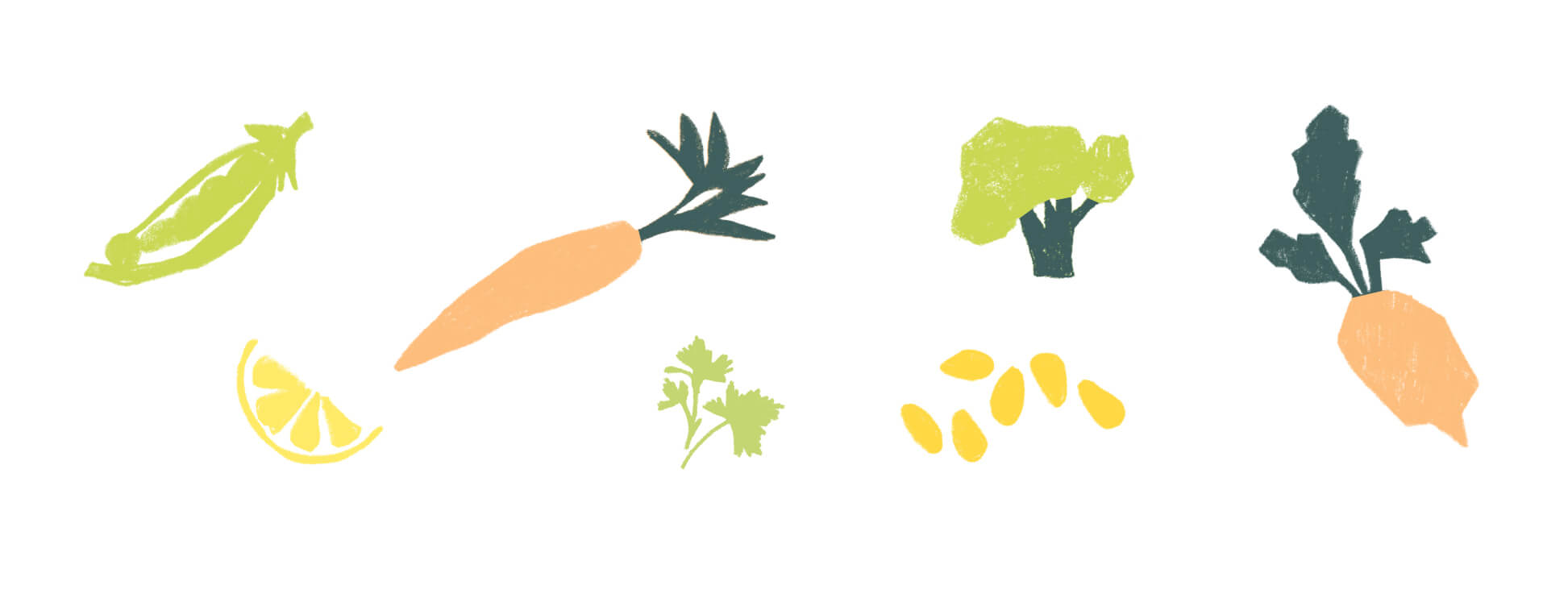
Re-use & Redistribute
Cooking by hand means we are often left with ingredients and excess meals at our kitchen that could be used for other purposes. We are working on ways for more of our leftovers to be used in staff lunches or redistributed, through partners such as FareShare, to charities helping to bring people together over good food.
In 2012 we started sending food to a local charity, Caring Hands. We continue to do so where possible, these days sharing excess meals. Also, on the rare occasion that the meals our chefs cook in our kitchen don’t hit our high standards we will sell these at a discounted rate in our stores as chef’s mistakes.
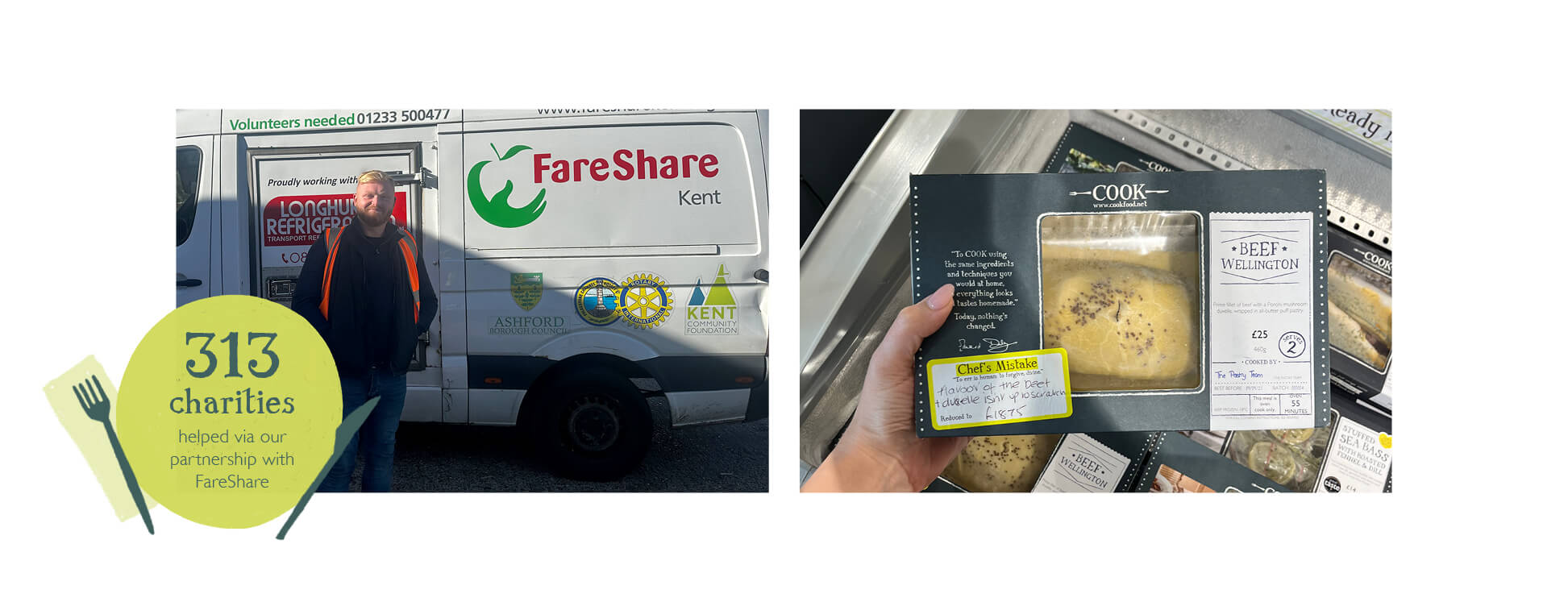
Recycling & Recovering
We currently have a system in place called the Rothenberg that captures and stores food waste from our kitchens. This food waste is then collected to be used in a process call anaerobic digestion, this creates a nutrient rich bio-fertilizer for farming and renewable energy that is exported to the National Grid.












